Science has the power to improve a nation by providing a guide to help allocate resources based on national priorities. A nation’s scientific output and prowess can, with significant authority, gauge and predict its economic outlook and political realm. Properly cultivating knowledge can help create and advance new economic resources.

Scientific publications are an integral part of academia, where science and technological advancement are peer-reviewed, critiqued, and showcased to the wider community. As a tool, academic publications have evolved to become the foundational measure to assess the academic system’s performance. The practice plays a crucial role in documenting research advancement and the transfer of knowledge.
Introducing a harmonized academic policy in 2013 in the Ethiopian education system set academic publications as the main quantifiable measure for academic promotion. The introduction of this measure has significantly increased the nation’s research output. Coincidentally, almost 86% of the total research output of Ethiopian academic institutions, indexed in Scopus, was published after the introduction of the policy. This number is relatively high compared to other top three published countries, such as the USA, China, and the UK, which have seen an average research publication index of 55% in the same period.
Such output shows Ethiopia’s research landscape is at an early stage and has a promising outlook for global research output. When we look at this in terms of economics, it’s like research in areas like health science, which is what people and societies need and want (let’s consider this the demand side), while on the other hand, research in fields like science, technology, engineering, and mathematics (STEM) provide the tools and innovations (consider this the supply side) that can drive economic growth by making things more efficient and leading to new discoveries. Based on this assessment, it is essential for countries like Ethiopia, which has one of the lowest research and development expenditures per capita in the world, according to a World Bank report, with around 0.27% of the national GDP, to balance research expenditures according to national priorities.
However, Quacquarelli Symonds, or QS, a global higher education company best known for its university rankings, also categorizes and ranks universities by subject areas, which includes evaluations of research output and academic reputation in various disciplines, including those of Ethiopia. Based on the QS subject classification, approximately 61% of Ethiopia’s total research output is concentrated in the life sciences and medicine sector. Engineering and technology follow, representing 26% of the research work. Finally, art and humanities research rank a measly 1.6%. The research classification shows there is a wide disparity in research budget allocation between the demand and supply sides of research economics. Several factors, such as research methodology and the interest of global funding partners, could have favored the medical research output of the nation.
Most of the research published in Ethiopia comes from academic institutions. In all performance metrics, first-generation Ethiopian public universities have a higher output. Addis Ababa University, the nation’s flagship, outperforms other universities in all subject areas. Out of the top ten universities based on the volume of publication output, only the two science and technology universities, Addis Ababa Science and Technology University (AASTU) and Adama Science and Technology University (ASTU), have STEM research as their top research output. This shows the wide homogeneity of research work focusing on health sciences in Ethiopian academic institutions. To address these challenges, efforts that aim to diversify the research work of institutions need to be encouraged.
The academic culture in the country, as a concept and practice, has some constraints on research diversification. Within this framework, it’s pivotal to distinguish between basic and applied research. Basic research, also known as pure or fundamental research, focuses on enhancing knowledge and understanding of the fundamental principles of the universe without a specific practical application in mind. It is driven by curiosity and a desire to expand the frontiers of knowledge. On the other hand, applied research aims to solve specific, practical problems by using the principles and theories developed through basic research to create solutions, innovations, or improvements in existing processes, products, or technologies. As most of the research output in Ethiopia comes from academic institutions, it leans heavily towards basic research. The lack of resources and expertise to translate these academic pursuits into practical applications highlights a significant gap. The participation of private and non-academic research institutions becomes essential in bridging this gap between theoretical research and practical application. However, the current contribution of such institutions is below 2%.

As Ethiopia introduces the national priorities as part of the Homegrown Economic Reform Agenda, agriculture, manufacturing, mining, and tourism are selected as key productive sectors. Integrating these sectors with the overarching message of the article, the critical role of both basic and applied research becomes evident in advancing the nation’s agenda. Basic research enriches our fundamental understanding and lays the groundwork for innovations, while applied research directly addresses the practical constraints faced by these sectors, promoting sustainable growth. Ethiopia’s journey towards harnessing its full potential in mineral resources and manufacturing innovation stands at a critical juncture, underscored by the nascent understanding of its vast mineral wealth. This signals not just an opportunity but a pressing necessity for targeted investment in applied research. The current scenario reveals a stark gap in the application of scientific inquiry to practical ends, especially in translating the nation’s physical and intellectual wealth into sustainable economic growth. The lack of applied research not only hampers Ethiopia’s capacity to optimize its natural resources but also poses a lived danger to its developmental aspirations, stifling the transition towards a knowledge-driven economy. It’s imperative that we amplify support for specialized institutions dedicated to applied research. These entities must be empowered and well-funded to bridge the existing chasm between academic findings and their practical applications, particularly in sectors critical to the nation’s economic reform agenda, such as mining and manufacturing. By nurturing a robust ecosystem for engineering and technological research, Ethiopia can ensure the value addition of its raw materials, catalyzing a new era of industrialization that is both innovative and sustainable. This strategic pivot towards expanding the country’s output in terms of applied research is not merely an academic exercise; it’s a vital national imperative that will determine the trajectory of Ethiopia’s economic prosperity and its position on the global stage.
Anwar is a Ph.D. candidate at the University School for Advanced Studies Pavia and Polytechnic University of Milan on a national PhD scholarship in sustainable development and climate change in Italy. His research field focuses on building energy flexibility and urban wind engineering.

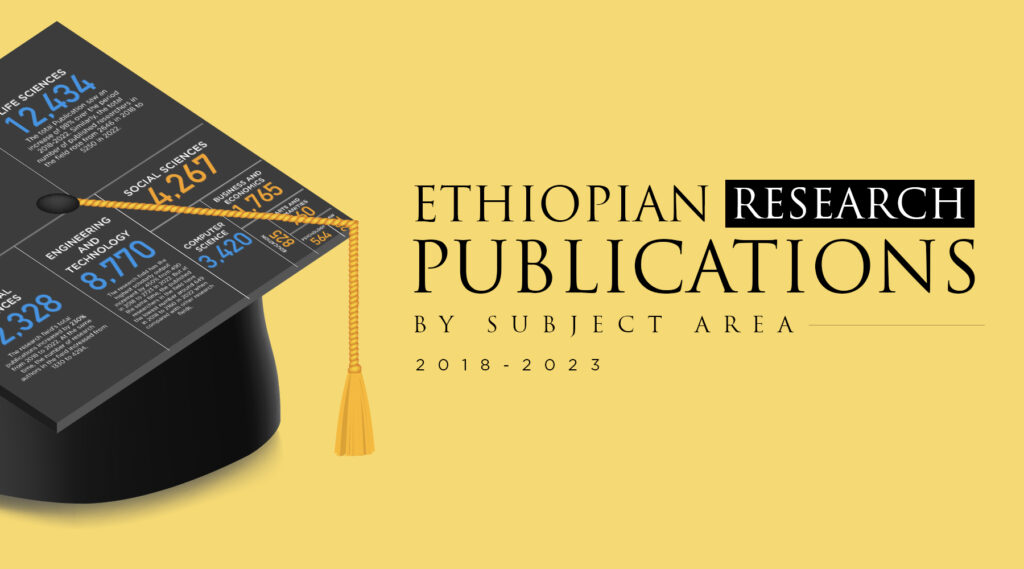

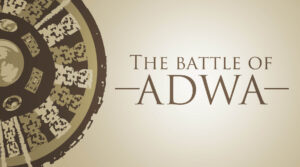

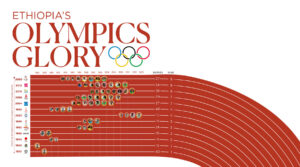

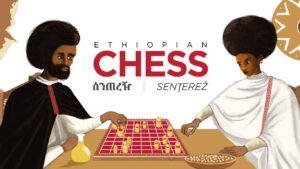
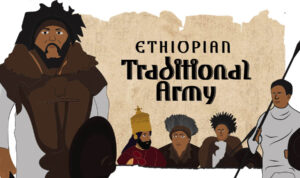
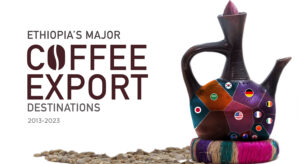

One Response
Hi dear Anwar Endris, I appriciate for the post you did regarding universities rank in publication and citation. Bayeh Abera from BDU has hi index of 38, > than professor Nega.